
Filter News
Area of Research
- (-) Materials (28)
- (-) National Security (5)
- (-) Neutron Science (28)
- Advanced Manufacturing (1)
- Biology and Environment (9)
- Clean Energy (43)
- Computational Biology (1)
- Computational Engineering (1)
- Computer Science (3)
- Fusion and Fission (7)
- Fusion Energy (6)
- Isotopes (3)
- Materials for Computing (5)
- Nuclear Science and Technology (5)
- Supercomputing (11)
- Transportation Systems (2)
News Type
News Topics
- (-) Big Data (2)
- (-) Biomedical (4)
- (-) Fusion (3)
- (-) Nanotechnology (13)
- (-) Neutron Science (30)
- (-) Security (3)
- (-) Transportation (9)
- 3-D Printing/Advanced Manufacturing (7)
- Advanced Reactors (1)
- Artificial Intelligence (3)
- Bioenergy (3)
- Buildings (1)
- Chemical Sciences (7)
- Clean Water (1)
- Climate Change (1)
- Composites (4)
- Computer Science (5)
- Coronavirus (2)
- Critical Materials (5)
- Cybersecurity (5)
- Decarbonization (1)
- Energy Storage (11)
- Environment (3)
- Grid (3)
- Isotopes (2)
- Machine Learning (2)
- Materials (17)
- Materials Science (26)
- Microscopy (9)
- Molten Salt (1)
- National Security (10)
- Nuclear Energy (7)
- Physics (8)
- Polymers (8)
- Quantum Computing (2)
- Quantum Science (3)
- Space Exploration (2)
- Summit (1)
- Sustainable Energy (4)
Media Contacts
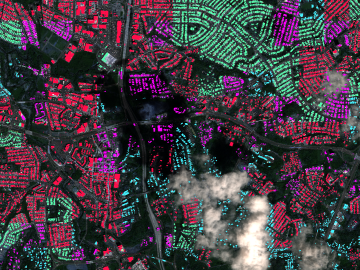
A novel approach developed by scientists at ORNL can scan massive datasets of large-scale satellite images to more accurately map infrastructure – such as buildings and roads – in hours versus days.
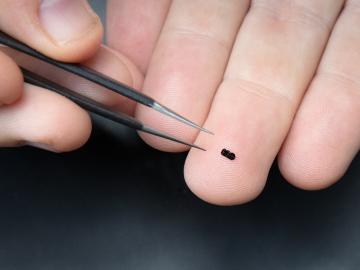
Liam Collins was drawn to study physics to understand “hidden things” and honed his expertise in microscopy so that he could bring them to light.

A typhoon strikes an island in the Pacific Ocean, downing power lines and cell towers. An earthquake hits a remote mountainous region, destroying structures and leaving no communication infrastructure behind.
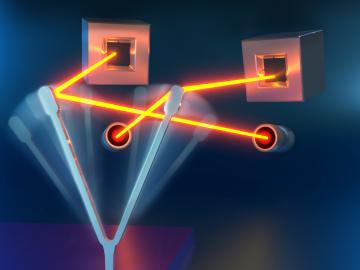
Researchers at ORNL and the National Renewable Energy Laboratory took inspiration from flying insects to demonstrate a miniaturized gyroscope, a special sensor used in navigation technologies.
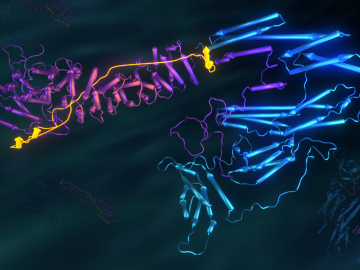
Researchers used neutron scattering at Oak Ridge National Laboratory’s Spallation Neutron Source and High Flux Isotope Reactor to better understand how certain cells in human tissue bond together.
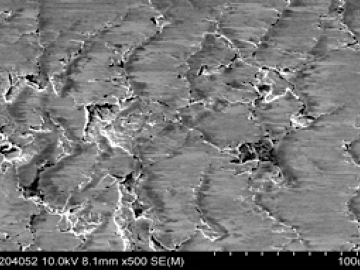
Researchers at Oak Ridge National Laboratory proved that a certain class of ionic liquids, when mixed with commercially available oils, can make gears run more efficiently with less noise and better durability.
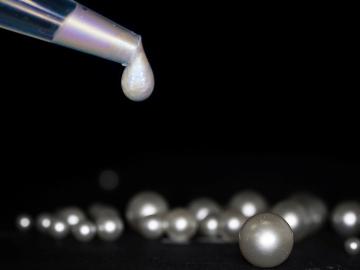
Researchers used neutron scattering at Oak Ridge National Laboratory’s Spallation Neutron Source to probe the structure of a colorful new material that may pave the way for improved sensors and vivid displays.
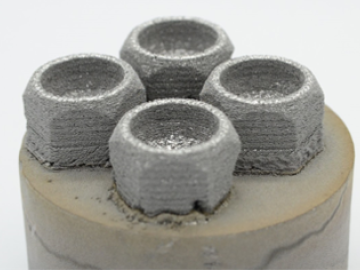
Using additive manufacturing, scientists experimenting with tungsten at Oak Ridge National Laboratory hope to unlock new potential of the high-performance heat-transferring material used to protect components from the plasma inside a fusion reactor. Fusion requires hydrogen isotopes to reach millions of degrees.
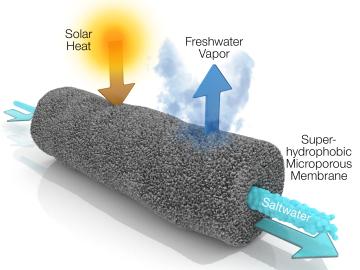
A new method developed at Oak Ridge National Laboratory improves the energy efficiency of a desalination process known as solar-thermal evaporation.
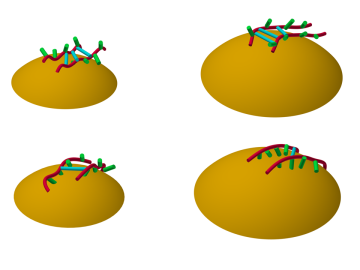
A team of researchers at Oak Ridge National Laboratory have demonstrated that designed synthetic polymers can serve as a high-performance binding material for next-generation lithium-ion batteries.


